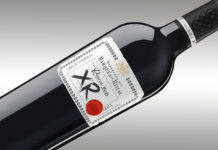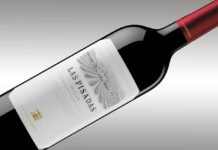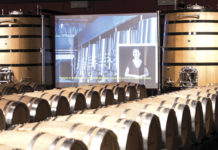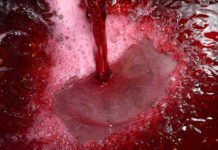The Gómez Cruzado winery in Haro’s Barrio de la Estación continues on its tour of Rioja’s D.O.Ca.: the newest representative of its village wines collection being the red Cerro Las Cuevas 2012. This wine forms part of Gómez Cruzado’s Terroir Collection which is a product of this century-old winery’s desire to faithfully express the truly unique characteristics of specific terroirs from across a designation of origin as vast and diverse as Rioja, in a new phase of the house under the leadership of the duo David González and Juan Antonio Leza.
Cerro Las Cuevas 2012 has its origin in bush-trained Tempranillo vines (95%) that are approximately 80 years old, along with a small portion of Graciano (5%), grown on small plots around the village of Leza in Rioja Alavesa, at the foot of the Sierra Cantabria. Is the result of a traditional elaboration, with fermentation in an open stainless steel vat, the use of autochthonous yeast and gentle plunging the cap to carefully extract noble tannins from the skin. Malolactic fermentation is done in French oak barrels, with a specially selected toast so as not to interfere with the pure original expression of the fruit. It is aged for 18 months in a new French oak barrel, with an additional year in bottle before being released.
Deep ruby red color, clean and bright. Elegant from the start, with intense fruit , ripe fruit, licorice, with characteristic features of terroir , very complex . Full and powerful on the palate, but with millimeter balance. Savory and fresh, faithful to the place where it is born.
The 2012 vintage of Cerro Las Cuevas 2012 consists of a limited edition at 2,808 bottles. This red joins the Terroir Selection which already includes Pancrudo, from Badarán, a village in the Upper Najerilla Valley in Rioja Alta. These village wines are faithful to their terroir, landscape and the local know-how of the most exceptional corners of Rioja. This family of village wines will be further enriched in the spring of 2016 with a complex white wine, Montes Obarenes, with a long ageing period and great developmet capacity that pays tribute to Rioja’s great historic whites,












